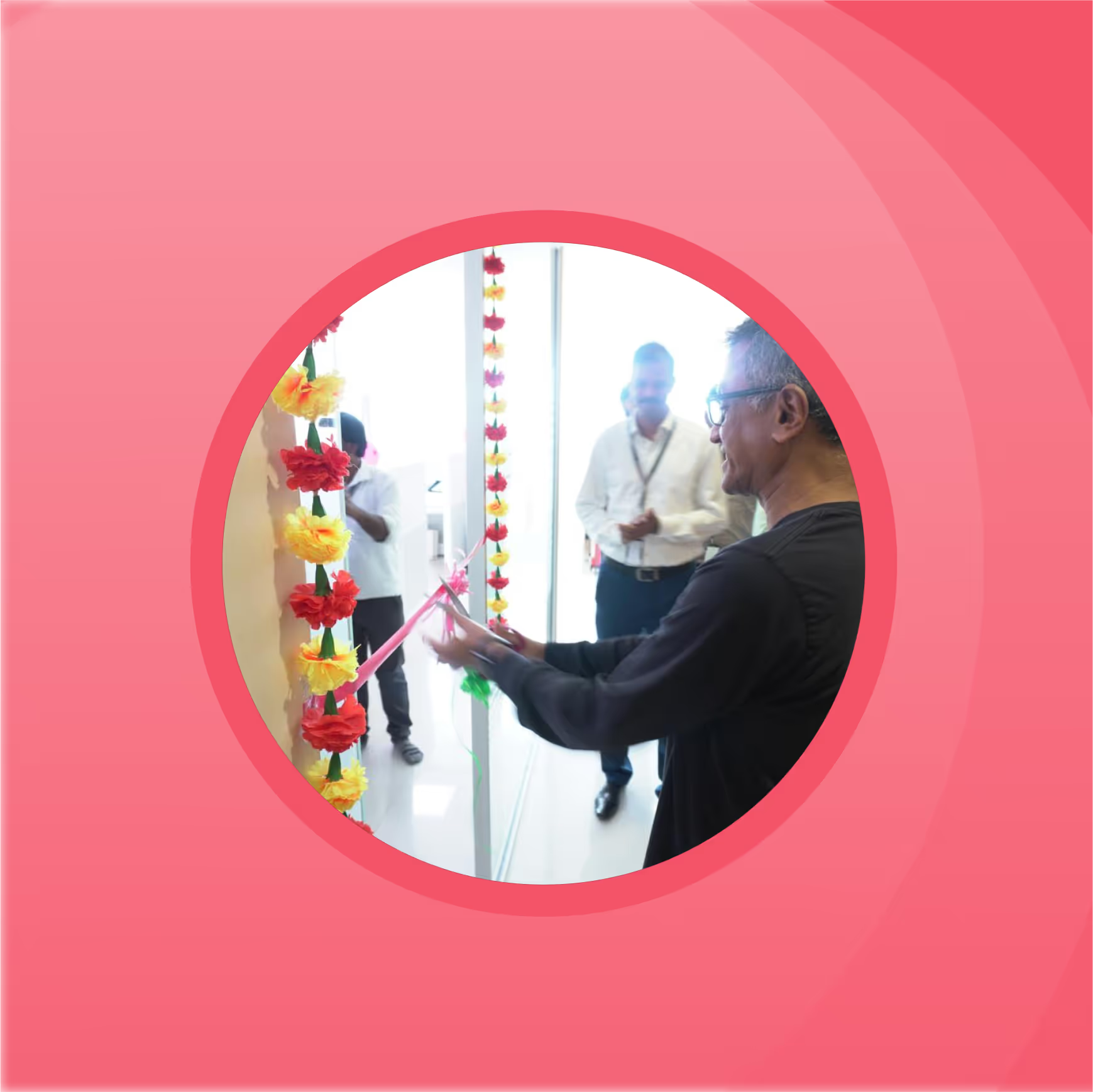Scaling Excellence: J2EE Design Patterns Revealed
Scalability has become an overriding concern in the ever-changing world of enterprise software development.

Scalability has become an overriding concern in the ever-changing world of enterprise software development. As firms grow, their applications must be ready to serve increasing demands without compromising performance and ease of use.
Java 2 Platform, Enterprise Edition (J2EE) is therefore created providing a strong environment supporting building enterprise-level applications.
But simply adopting J2EE isn’t enough; developers also need to understand the potential of design patterns for maximum scalability.
Challenges of Scaling a J2EE application
For example, assume that you are the owner of an e-commerce platform that has been experiencing massive success leading to increased user traffic and transaction volume.
Your monolithic J2EE program, which was once agile and efficient, can no longer handle the extra load. The consumers become annoyed with frequent problems such as downtime, slow response time or even blackouts affecting your firm’s reputation.
An application design and architectural strategy are needed to solve this scaling issue.
This is where J2EE design patterns come into play providing tested-and-proven solutions for common scaling problems.
Microservices as Means for Scalability
Microservices architecture is one of the primary steps in achieving scalability.
By dividing your monolith into independent smaller services, it is possible to scale each component as per demand.
Not only does this modular approach enhance scalability but it also makes maintenance easier and speeds up deployment rates.
An architecture diagram illustrating a microservices approach compared to a monolithic application can be very informative. Here’s a simple example.
Monolithic and Microservices Architecture

Leveraging J2EE Design Patterns
Performant, scalable, maintainable applications can be built using many different design patterns provided by J2EE. Now let's examine some of the fundamental patterns that support scaling excellence.
Model-View-Controller (MVC)
This pattern enables easy maintenance and expansion of the application because its data presentation and business logic layers are separated from each other during the construction phase when it grows.
Data Access Object (DAO)
This pattern makes data management scalable and maintainable by abstracting and encapsulating all access to the data source. You can switch out data sources or improve database interactions in one fell swoop by centralizing your data access logic, without affecting the rest of your application at all.
// Data Access Object (DAO) Interface
public interface UserDao {
User getUserById(int id);
void saveUser(User user);
}
// Data Access Object (DAO) Implementation
public class UserDaoImpl implements UserDao {
private Connection connection;
public UserDaoImpl(Connection connection) {
this.connection = connection;
}
@Override
public User getUserById(int id) {
// Implementation to retrieve user from database
}
@Override
public void saveUser(User user) {
// Implementation to save user to database
}
}
// User Model
public class User {
private int id;
private String name;
// Getters and Setters }
Singleton
It is very useful when you have shared resources or global states which you need to manage such as database connections or configuration settings.
Service Locator
In distributed environments, finding and using services can be a bottleneck. The Service Locator pattern reduces overhead and enhances scalability by centralizing the service lookup process.
Front Controller
Facilitates uniform processing and simpler web layer scaling by concentrating request handling into a single-entry point called a Front Controller.
Performance Optimization Techniques
Beyond only architectural patterns, scaling excellence necessitates a focus on performance optimization. Efficient caching strategies, well-defined database indexing techniques and judicious use of asynchronous processing are some mechanisms that can significantly boost scalability as well as improve the performance of your J2EE applications.
Additionally, this means that through implementing a Continuous Performance Management (CPM) strategy, performance would be continuously monitored and improved throughout an application's lifecycle. Through proactive identification and resolution of performance bottlenecks, you can ensure that your application remains highly scalable even as it expands.
.png)
Importance of Maintainability and Quality
As your program grows maintaining code’s manageability and quality becomes increasingly important.
Continuous Integration (CI) and Continuous Deployment (CD) pipelines help scale excellence by reducing errors in production by ensuring that code changes are automatically tested and deployed.
Additionally, the quality and maintainability of the code can be improved by following coding guidelines and best practices such as pair programming and code reviews which facilitate the addition of new functionalities without leading to the degradation of the program’s functionality or performance.
Real-World Example: Scaling an E-Commerce Platform
Going back to our previous example of an e-commerce site. Reworking a monolithic application into a microservices architecture and applying relevant design patterns like DAO for database access, and MVC for user interface management greatly increased its scalability as well as performance.
Moreover, frequent data was cached using Redis further improving optimizations of performance. The team carried out continuous deployment, hence rolling out features faster and more effectively thereby maintaining high innovation speed but with guaranteed quality and stability.
Conclusion
Scaling excellence in J2EE applications is a multi-faceted undertaking that requires strategic thinking about architecture, design patterns, performance optimization, and maintainability.
By following these principles identified in this article developers can develop J2EE applications that scale well while still being manageable and performant as they grow.
Keep in mind that scaling excellence is not static; it requires learning from experience, adaptation to new conditions, and improvement upon previous accomplishments. Be curious, experiment with new technologies or patterns all the time and don’t ever stop refining your approach to scalability!



